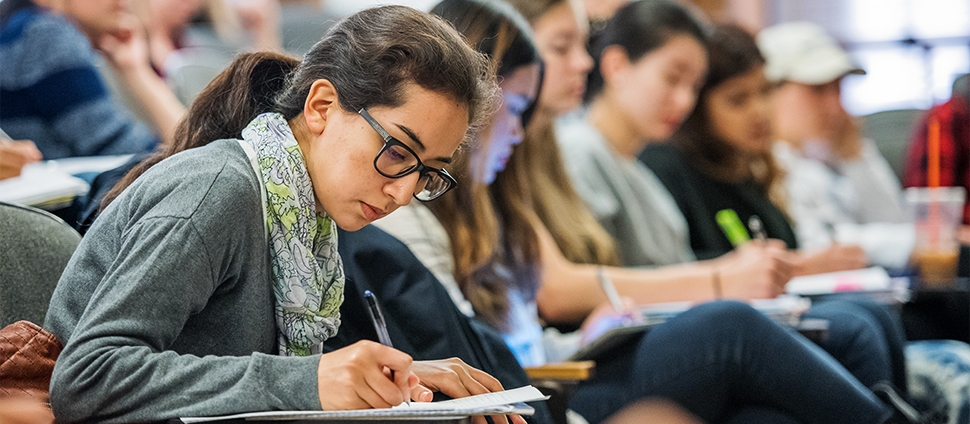Document Type
Article
Publication Date
8-2022
Publication Title
American Economic Journal: Microeconomics
Abstract
This paper develops a theory of crime in which potential victims elect their vigilance levels. When vigilance expenses are greater than expected property losses, an increase in penalties raises crime, namely, a criminal Laffer curve emerges. This curve is higher and peaks earlier when victims face higher costs. Thus, the government may wish to subsidize vigilance rather than increase penalties. Indeed, an increase in penalties may shift the vigilance levels further away from their socially optimal ones. Finally, the crime rate first rises and then falls in the property value at stake, which is consistent with the empirical evidence.
Volume
14
Issue
3
First Page
255
Last Page
303
DOI
10.1257/mic.20190339
Version
Author's Accepted Manuscript
Recommended Citation
Vásquez, Jorge, "A Theory of Crime and Vigilance" (2022). Economics: Faculty Publications, Smith College, Northampton, MA.
https://scholarworks.smith.edu/eco_facpubs/77


